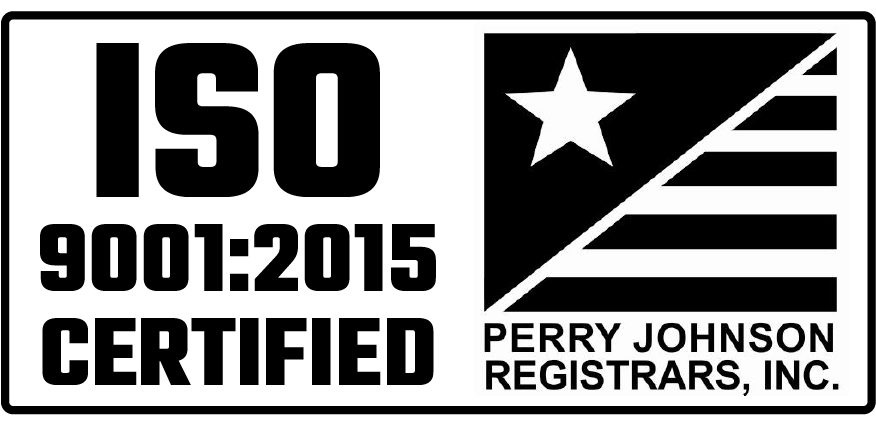If you have a diverse customer base, it’s likely that your customers use your product in different ways or have different requirements for your product. That’s why it’s important to offer customizable products to better suit their needs; but the cost of manufacturing those customized products is typically much higher than manufacturing more universal products. Here are four tips on balancing the cost of customized production costs with the opportunity to best serve your customers.
Plan for Traceability and Serviceability
From the engineering and design phase, understand that any options you build into your design should be carefully documented, along with how they should all function together once customized. This will help improve service, troubleshooting, and planning for future upgrades or new products that may be similar.
Build Product with All Functionality Included Where Applicable
While it may seem like a waste to include every single wire and connector in every single electrical assembly, it’s much easier to do that than it is to switch up the design every couple of manufacturing runs. You’ll save on labor costs by building the component the same way every time, which is much more valuable than saving a few cents on small parts. Adding a costly, bolt-on part is much easier if the infrastructure is ready to support it.
Standardize the Guts, Customize the Interface
Not only should the functionality of each product be the same, it should also be wired the same – every single time. The only customizations should be to the exterior of the product, where your customers will be interacting with the functions. Change out the switches, use a blank cover in places where a customer doesn’t need certain controls, and update the decal for different options and orders. Since you’ve built your product with all the functionality already included, it will also be simple to add or remove functions in an aftermarket setting as needed.
Consider Swappable Components
Sometimes it may even be necessary to plan for swappable components. If your product needs to be used in more than one type of system, consider using different adapter plates or small jumper harnesses that can help get your device properly routed to different options. An example would be offering your customer cab-over or regular cab trucks. This can require two different chassis harness designs due to various lengths required. You could choose to always build the chassis harness long enough to accommodate a cab-over chassis or create an extension jumper harness that can be plugged into a regular cab chassis harness to give you the length you need for a cab-over design. This leaves you with only one chassis harness to manage. In general, you should understand what the majority of your customers want/need and design your components to handle the majority of the jobs with the option to customize.
No matter how big (or small) or how customizable (or standard) your product needs to be, documentation and record control are critical. Don’t rely on someone within your team to remember how your product was built in each situation or which customer got what version. Clearly identify and label your products with part numbers and document the correlating drawings and support information. This will help you avoid any future headaches with reordering, servicing, troubleshooting, upgrades, and general questions. If your engineering team is about to take on a big task like this, consider joining forces with an outsourcing partner with engineering capabilities like MCL. Otherwise, you can check out our eBook, Three Ways Small Engineering Teams Can Handle High Volume, for more tips. Click the button below to access your copy today.





